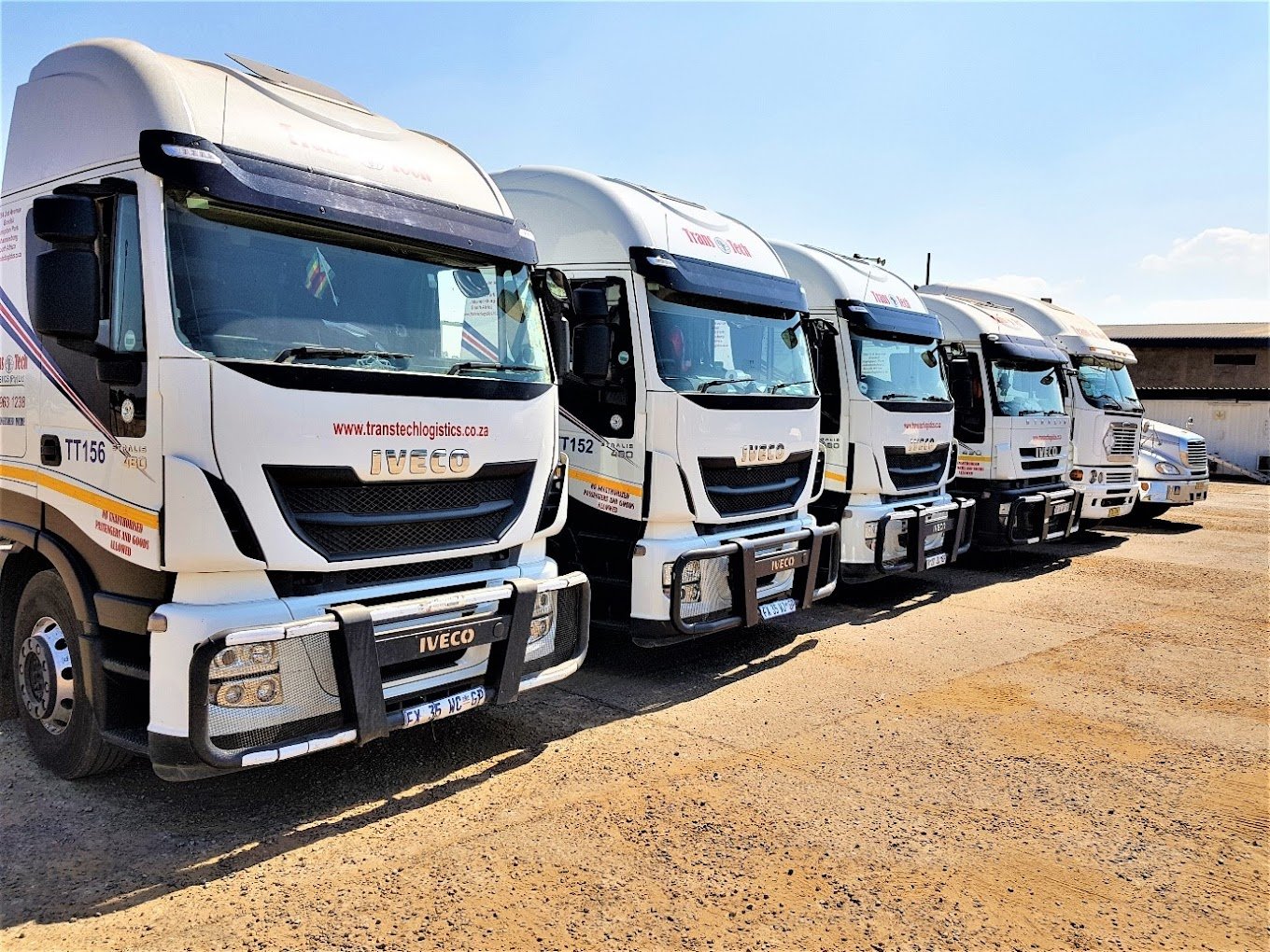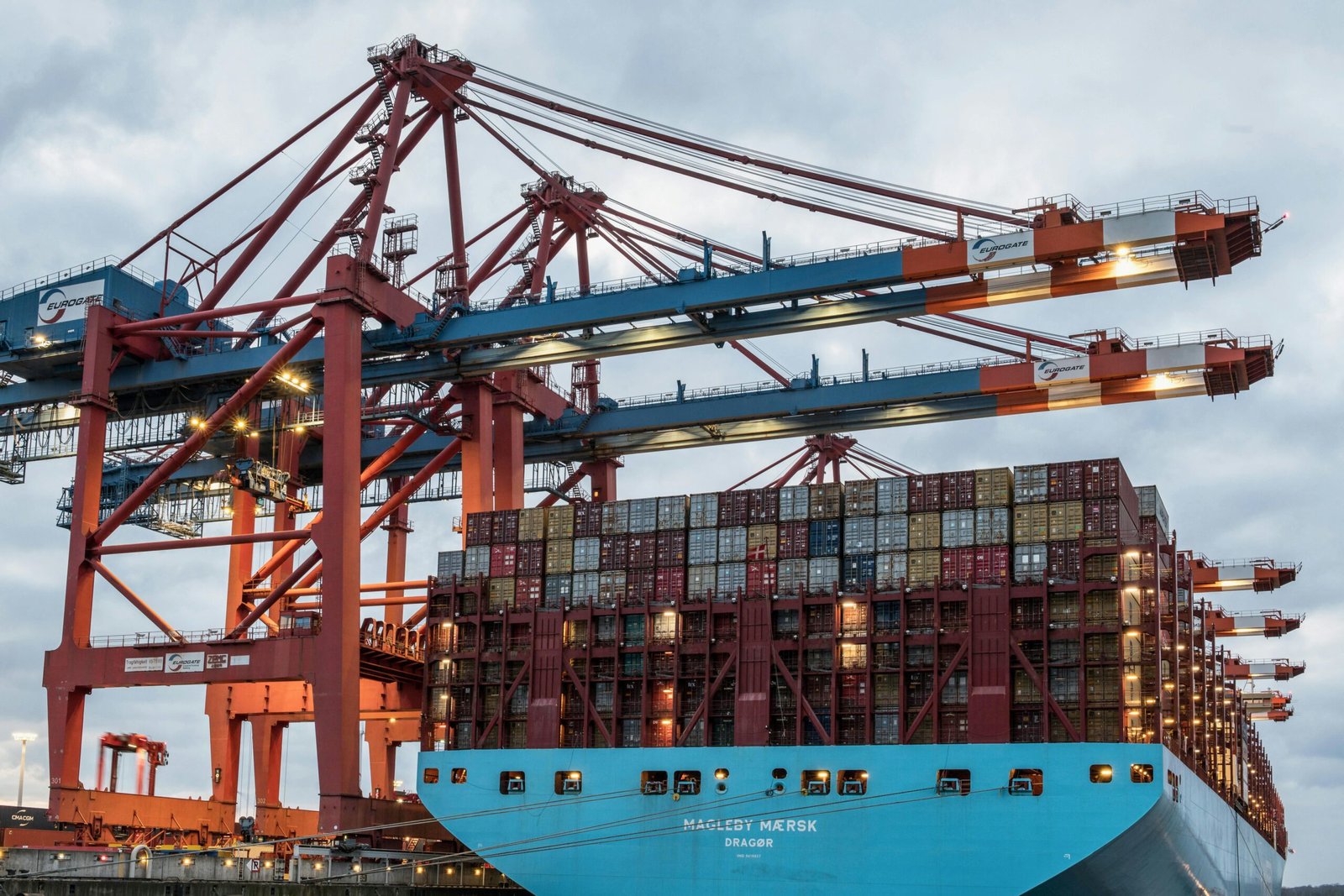The Southern African Development Community (SADC) is a crucial trade region that connects various countries through a network of strategic logistics routes. Among these, the trade corridors linking Malawi, South Africa, Zimbabwe, Mozambique, and Zambia play a vital role in facilitating the movement of goods, supporting economic growth, and enhancing regional integration.
Trans Tech Shipping and Logistics explores the significance of these routes and how they contribute to the efficiency and sustainability of supply chains across the SADC region.
The Importance of SADC Logistics Routes
SADC routes are essential for intra-regional trade and global exports. These routes not only enable the movement of goods but also foster economic cooperation and development. Malawi and South Africa stand out as pivotal players in this network due to their geographical positioning and trade volumes.
Malawi’s Role in Regional Trade
Malawi, a landlocked country, relies heavily on neighboring nations for access to ports and global markets. Key corridors such as the Nacala Corridor (via Mozambique) and the North-South Corridor (via Zimbabwe and Zambia) are lifelines for Malawi’s trade activities. These routes are vital for exporting agricultural products such as tobacco, tea, and sugar while importing essential goods and raw materials.
South Africa as a Regional Powerhouse
South Africa serves as the logistics hub of the SADC region. With its well-developed infrastructure, including world-class ports like Durban, Cape Town, and Richards Bay, South Africa facilitates the movement of goods to and from the entire region. Many of the goods destined for Malawi, Zambia, and Zimbabwe transit through South Africa due to its strategic location and efficient supply chain systems.
Key Logistics Corridors in the SADC Region
1. North-South Corridor
The North-South Corridor is one of the most significant trade routes in the region. Stretching from Durban in South Africa to Lusaka in Zambia and beyond, this route passes through Zimbabwe and serves as a crucial link for Malawi’s trade activities. Key highlights of this corridor include:
- Efficient Road Networks: Well-maintained highways connecting South Africa, Zimbabwe, and Zambia.
- Rail Connectivity: Freight rail services offer cost-effective options for bulk goods.
- Trade Flow: High volumes of agricultural exports and manufactured goods flow along this route.
2. Nacala Corridor
The Nacala Corridor connects Malawi to the Port of Nacala in Mozambique, one of the deepest natural ports in Africa. This corridor is essential for landlocked Malawi’s access to the Indian Ocean and includes:
- Shorter Transit Times: Direct access to a deep-water port reduces shipping times.
- Key Commodities: Exports such as tobacco and imports like fuel and machinery dominate this route.
3. Beira Corridor
The Beira Corridor links Zimbabwe, Malawi, and Zambia to the Port of Beira in Mozambique. It is a critical route for moving agricultural goods, minerals, and fuel. Its highlights include:
- Multimodal Transport: Integration of road and rail transport systems.
- Strategic Importance: Ideal for trade with Europe and Asia due to shorter maritime distances.
4. Chirundu Corridor
The Chirundu Corridor connects Zambia and Zimbabwe via the Chirundu border post, a One-Stop Border Post (OSBP) designed to streamline customs processes. This corridor also links to Malawi through secondary routes, enhancing trade efficiency.
Opportunities for Growth in SADC Logistics
1. Infrastructure Development
Ongoing investments in road, rail, and port infrastructure are enhancing connectivity across the region. For example, upgrades to the Nacala Corridor and North-South Corridor are reducing bottlenecks and improving transit times.
2. Digitalization and Innovation
Technological advancements like GPS tracking, automated customs systems, and data-driven route optimization are revolutionizing logistics in the SADC region. Companies like Trans Tech Shipping and Logistics leverage these tools to provide seamless, reliable services.
3. Harmonized Trade Policies
Efforts to harmonize trade regulations and reduce non-tariff barriers are creating a more predictable and efficient trade environment. This is particularly beneficial for countries like Malawi that rely on regional routes for trade.
Challenges Along SADC Routes
1. Border Delays
Congestion at border posts, such as Beitbridge between South Africa and Zimbabwe, remains a challenge. Streamlined customs processes and expanded infrastructure are necessary to address this issue.
2. High Transportation Costs
Logistics costs in the region are relatively high due to fuel prices, road maintenance issues, and inefficiencies in rail transport.
3. Security Risks
Cargo theft and inadequate security measures on certain routes pose risks to supply chain reliability. Implementing robust security protocols can mitigate these challenges.
Trans Tech Shipping and Logistics: Your Partner in SADC Logistics
At Trans Tech Shipping and Logistics, we specialize in navigating the complexities of SADC trade routes. Our expertise ensures that goods move seamlessly across Malawi, South Africa, Zimbabwe, Mozambique, and Zambia. From freight forwarding to cross-border logistics, we provide tailored solutions that meet the unique demands of businesses in the region.
Conclusion
SADC logistics routes are the backbone of regional trade, connecting landlocked countries like Malawi to global markets through strategic hubs like South Africa. With ongoing infrastructure developments, digital innovations, and harmonized trade policies, the region’s logistics potential continues to grow.
At Trans Tech Shipping and Logistics, we are committed to maximizing these opportunities while addressing the challenges to provide efficient, reliable, and cost-effective logistics solutions. Partner with us to unlock the full potential of SADC trade routes for your business.






